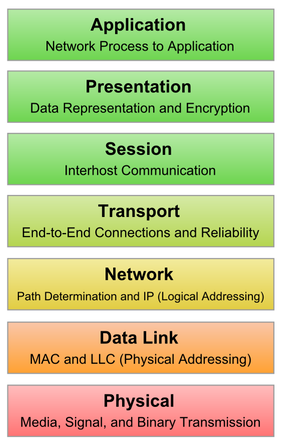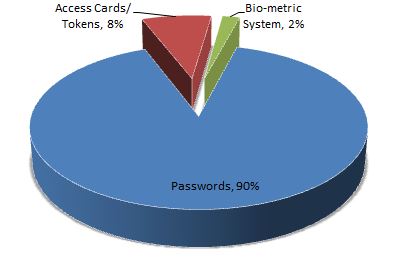This is so great! AuditorForum have been independent and professional Institutions since day 1. We got a whole team in to preparing high quality material for our students; FINALLY here are a few definitions of Protocol & Communication Protocol that are crafted with a lot of efforts by our team! I love everything so far about the content and I look forward to continue sharing this great experience with our readers! Thank you so much reading below details. I’m just hoping a little sharing at your part will be welcomed a lot. Let’s start the Topic now.
In a networking environment, what do you understand by “Protocol” and “Communication Protocol”?
Definition of Protocol
An agreed set of operational procedures governing the format of data being transferred and the signals initiating, controlling and terminating the transfer is known as Protocol.
Definition of Communication Protocol
A Communication Protocol is the set of standard rules for data representation, signaling, authentication and error detection required to send information over a communication channel.
After providing the Protocol & Communication Protocol definitions lets explore some more advance topics;
Write brief notes describing the salient features of each of the following:
(i) Transmission Control Protocol / Internet Protocol (TCP/IP)
(ii) Open Systems Interconnection Protocol (OSI)
(iii) Wireless Application Protocol (WAP)
Definition of TCP/IP
It is the wide area network protocol that provides communication across diverse interconnected networks.
The IP component provides routing from the department to the enterprise network, then to regional networks and finally to the global Internet.
TCP is responsible for verifying the correct delivery of data from client to server. Data can be lost in the intermediate network. TCP adds support to detect errors or find lost data and to trigger retransmission until the data is correctly and completely received.
[wpipa id="616"]
Definition of OSI
This protocol is divided into seven functions in a seven layer reference model.
The seven layers of OSI model are as follows:
1. Physical layer
2. Data link layer
3. Network layer
4. Transport layer
5. Session layer
6. Presentation layer
7. Application layer
Layers 1 to 4 handle the movement of data from one place to another.
Layers 5 to 7 deal with the exchange of data between applications.
Definition of WAP
It allows users to access information instantly via handheld wireless devices such as mobile phones, pagers, two-way radios and communicators.
It supports most wireless networks. These include GSM, CDMA, TDMA, CPDP and Mobitex etc. It is supported by all operating systems. Windows CE, OS/9, PalmOS, EPOC and JavaOS are some of the operating systems that are specifically engineered for handheld device.
[wpipa id="616"]
WAPs that use displays and access the Internet runs micro browsers. Such browsers have small file size that can accommodate the low memory constraints of handheld device and the low bandwidth of a wireless handheld network.
WAP supports HTML and XML, however, WML language is specifically devised for small screens and one-hand navigation without a keyboard.
Learn by heart these definitions of Protocol & Communication Protocol and Share these topics with your Class fellows and stay tuned for more updates on this topic, please provide feedback below in comments. Get more IT practicing questions and answers from our Information Technology session. We are keen to know your views in comments about the definitions and explanations defined in the answers. You are always welcomed for your healthy feedback. You can also ask any related question in auditorforum.





